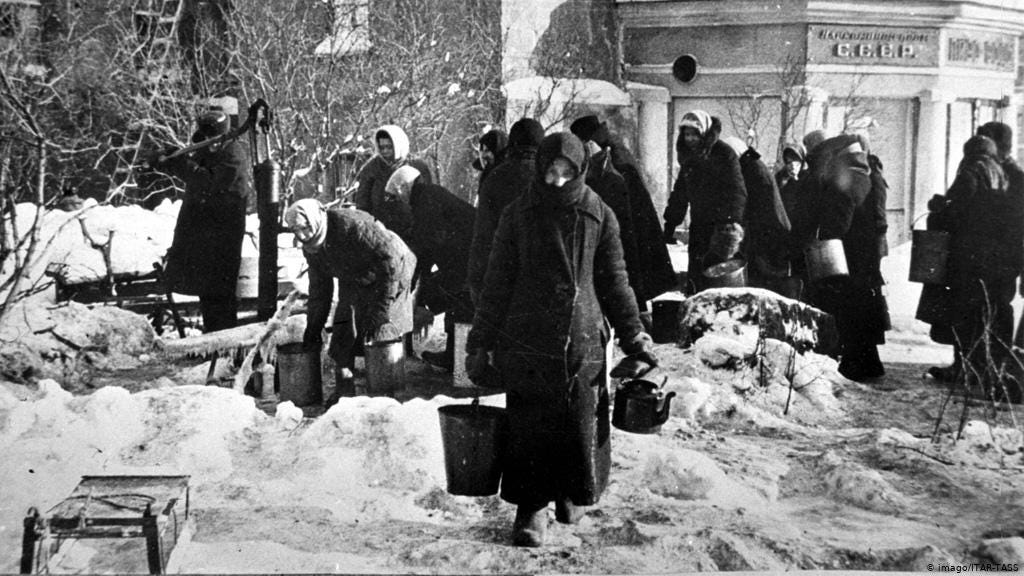
Until now, being under siege was something most of us had never experienced. However, unlike our current enemy, the Axis forces who surrounded Leningrad were a tangible and visible foe. The Siege of Leningrad lasted for 872 days and according to the U.S. Military Academy, Russian casualties were bigger than combined American and British casualties during the entire war.
There was no greater equipped composer to write a symphony about this horrific event as it was unfolding than Dmitri Shostakovich. After the premiere of his opera, Lady Macbeth of the Mtsensk District, which Stalin had walked out of, the Soviet government blackballed Shostakovich and he lived under the very real threat of being ‘disappeared’ at any moment. While success and official approval would eventually return to Shostakovich, he retreated into a secretive and very private universe, creating a self-imposed siege that would last for the rest of his life. An absolutely essential documentary made by BBC in 2016 about Shostakovich’s Symphony №7 “Leningrad” should not be missed.
Shostakovich’s Symphony №7 was first played in Leningrad, while the city was still under siege, August 9, 1942. Shostakovich microfilmed the score and clandestinely sent it via Tehran and Cairo, to New York City, where the great Italian and anti-fascist conductor, Arturo Toscanini, led a radio broadcast of the symphony a month prior to the Leningrad performance, on July 19, 1942. To listen to this original radio broadcast is, I must say, very stirring and emotional.
The piece became an international sensation, representing a rallying cry against anti-fascism and anti-totalitarianism. Shostakovich also became an internationally known composer because of it, appearing on the cover of Time Magazine in one of their more interesting covers.

After the war ended, the piece’s popularity waned somewhat, but it is still considered one of the great achievements of music in first half of the twentieth century, and it is still often played at the Leningrad Cemetery, where over a half-million victims of the siege are buried.

Here are my favorite performances and recordings: